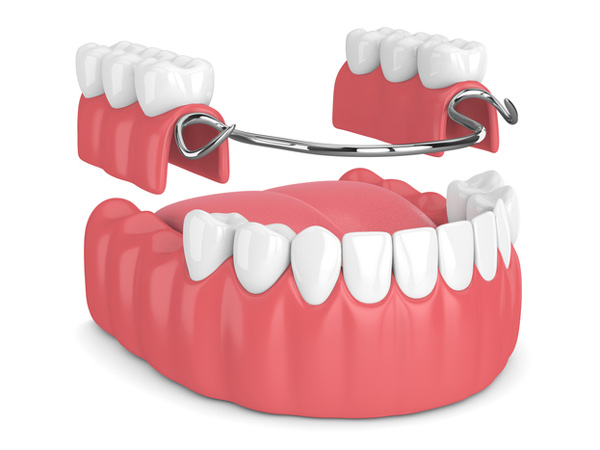Precision Attachments for Removable Dentures Precision attachments are a sophisticated retention system available for removable partial dentures. These specialized components provide superior retention, stability, and appearance compared to conventional clasps. In addition, these attachments provide patients with enhanced comfort and confidence. Precision attachments are a sophisticated retention system available for removable partial dentures. These specialized components provide superior retention, stability, and appearance compared to conventional clasps. In addition, these attachments provide patients with enhanced comfort and confidence.Components and MechanismPrecision attachments consist of two complementary parts: a male component (patrix) and a female component (matrix). The male portion typically attaches to the crown or fixed partial denture, and the female component is typically embedded into the removable prosthetic. When engaged, these components create a precise mechanical connection that secures the denture in place much more effectively than traditional attachment methods for partial dentures. Types of AttachmentsSeveral types of precision attachments are commonly used. Intracoronal attachments are housed completely within the contours of the crown. This offers a secure attachment and excellent appearance because no visible retention components are exposed. Extracoronal attachments are positioned outside the crown structure and are most useful when vertical space is limited. Bar attachments span multiple teeth or implants and provide exceptional stability for overdentures. Selection CriteriaThe selection of an appropriate attachment system depends on many considerations:
Advantages and LimitationsKey advantages of precision attachments include:
However, these systems also present certain challenges. They require more precise lab work and technical expertise compared to conventional attachments. This ongoing maintenance is necessary for optimal function. The attachment parts wear over time and require replacement. Patient SelectionProper case selection is crucial for success with precision attachments. Ideal candidates have:
Clinical ProtocolThe process for removable partial dentures requires meticulous attention to detail. Treatment planning must account for the path of insertion, load distribution, and the space required for the attachment components. The preparation design must accommodate the attachment housing but still maintain the integrity of abutment teeth. Laboratory ConsiderationsExtensive communication with the dental lab is crucial to precision attachment dentures. Detailed prescriptions must list attachment type, position, and alignment. Close collaboration with experienced technicians in the lab enhances treatment outcomes. Maintenance and Long-term SuccessLong-term success with precision attachments depends on patient compliance with the maintenance required. Periodic examinations allow us to detect issues early, and resolve them quickly. Patients must be educated about proper home care and the importance of keeping regular appointments. When properly planned and executed, precision attachment removable partial dentures provide an excellent restoration option that combines the benefits of fixed and removable prosthetics. These sophisticated retention systems continue to evolve with new materials and designs and offer even more refined solutions for partial dentures. |

Contact Information3709 University Dr Suite D Durham, NC 27707-6224 (919) 489-8661 info@mydurhamdentist.com Follow Us |